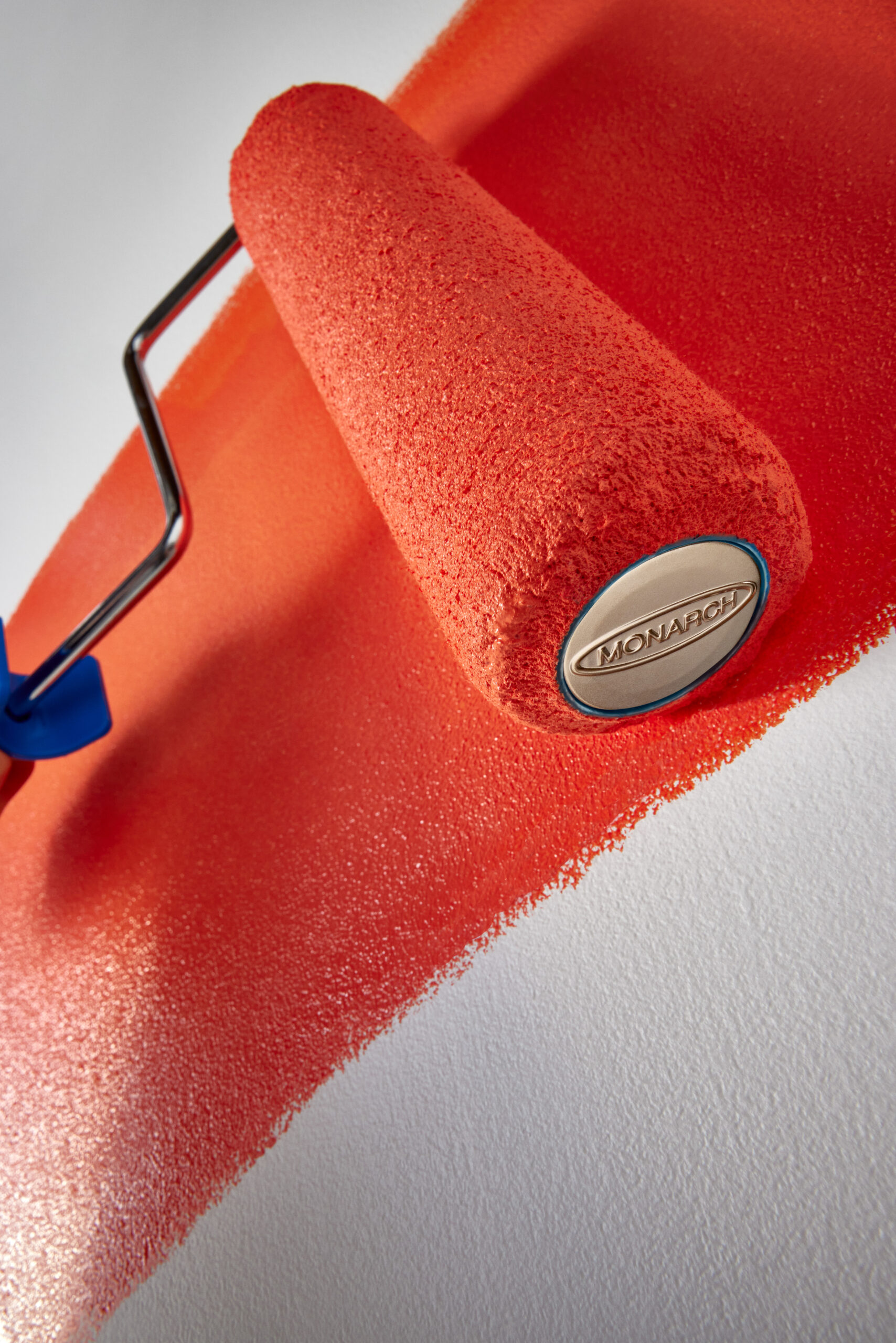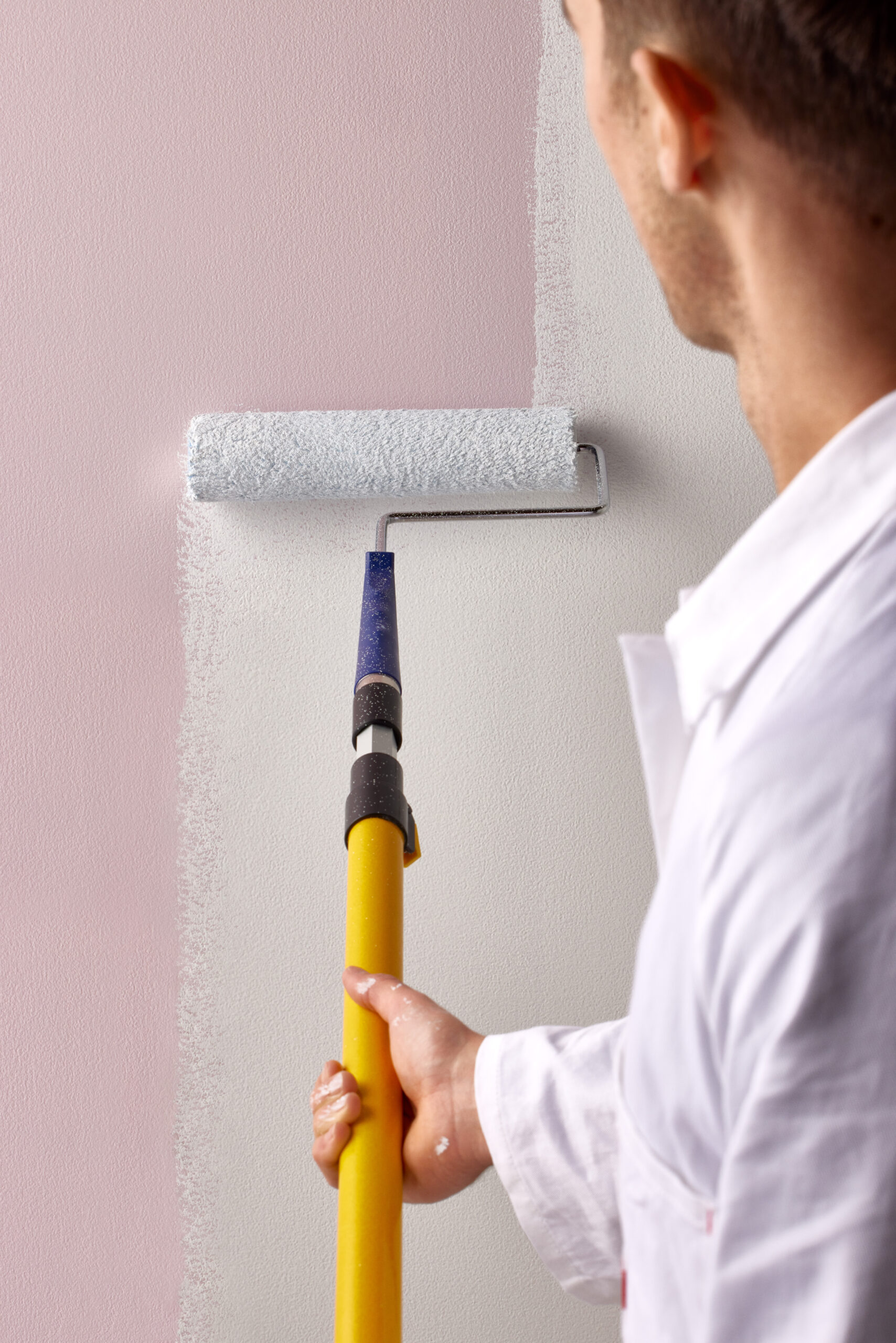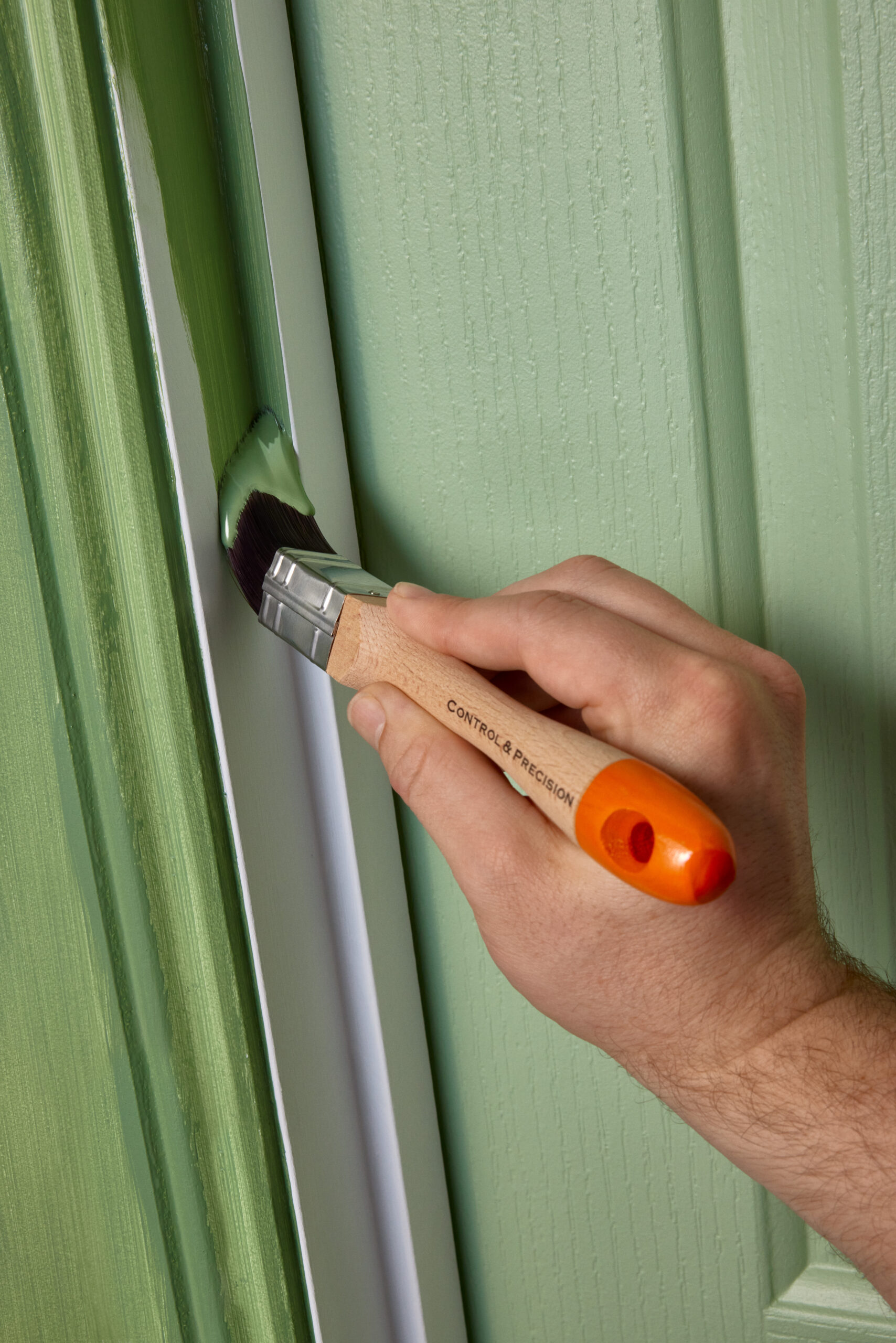
With the recent change of season, you might be feeling inspired to refresh your tired walls with a brand-new colour. However, it is important to note there is a painting process you need to take into consideration when making drastic colour changes.
No matter what colour you’re planning to use, the same basic preparation steps are vital to get the colour right. This includes washing the wall down with Sugar Soap, filling or sealing any gaps and sanding the surface thoroughly.
Once complete, there are different processes to take if you’re transitioning from a dark to a light shade and vice versa with light to dark colours.
Changing colours: Dark to light

You might have wanted to add some vibrance to your space or moved into a home teaming with bold colour schemes. If you want to tone these walls down using whites or neutrals, it’s important to use a white undercoat over dark surfaces.
Dark pigments can bleed through lighter shades and alter the overall colour. Therefore, applying the undercoat will allow you to get better coverage and minimises the need to apply extra top coats of your chosen paint colour.
Changing colours: Light to dark

Deep colours can add a moody and vibrant tone to your home. When painting your walls from light to dark, an extra layer of undercoat may be required to achieve the full richness of the darker shade.
Depending on the colour, you may need to use an undercoat with a light grey tint. This works well with reds and greens. If you’re painting with a lighter colour, such as lemon, a white undercoat would suffice.
Regardless of your colour choice, we still strongly recommend sense-checking your selections and the process with paint specialists at your local Bunnings.
Don’t forget to pick up your tools! Use a premium brush and roller designed specifically for walls and ceilings to get optimum coverage and a premium finish.
For advice on how to select the perfect paint accessory for your next project, take a look at our Painting Tool Kit and discover a bunch of painting tips, tricks and inspiration by following us on Instagram and Facebook.
